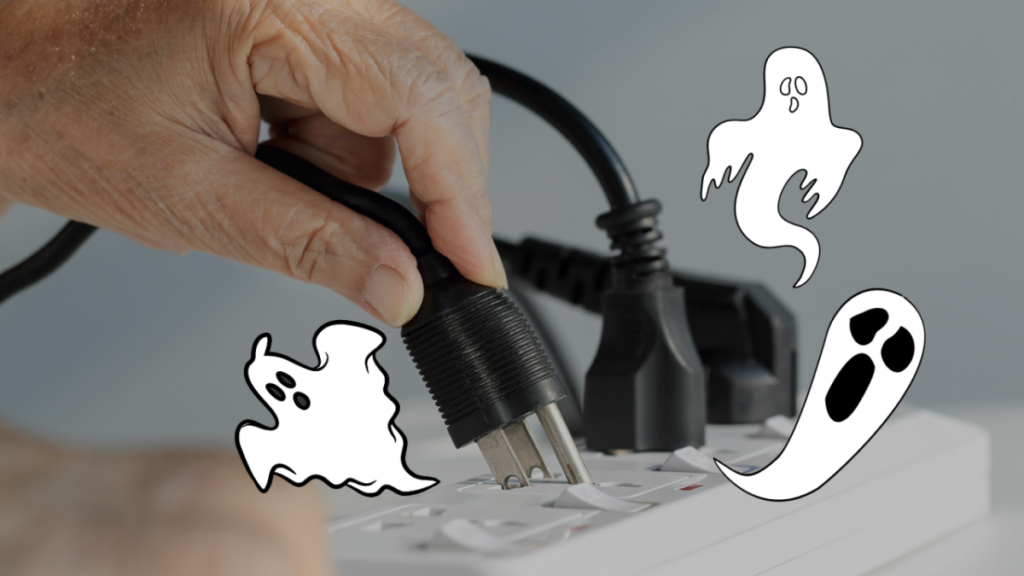
In today’s world of advancing technology and ever-increasing energy consumption, there’s an invisible culprit quietly draining power—and your wallet—without you even realizing it. This phenomenon is known as phantom energy or standby power. Despite being hidden in plain sight, phantom energy can account for a significant portion of your monthly electricity bill.
What Is Phantom Energy?
Phantom energy refers to the electricity consumed by electronic devices and appliances that are turned off but still plugged in. Many modern devices—such as televisions, gaming consoles, chargers, and kitchen appliances—continue to draw small amounts of power in standby mode. This energy keeps certain functions running, like clock displays, remote-control readiness, or quick-start capabilities.
For instance, your phone charger may still use power even when it’s not connected to a phone, and your TV continues to draw electricity to stay ready for its next use. Individually, these devices may consume a small amount of power, but collectively, they can have a significant impact.
How Much Does Phantom Energy Cost?
According to the U.S. Department of Energy, phantom energy can account for 5–10% of household energy consumption. That may not seem like much at first glance, but consider this: The average U.S. household spends over $1,500 per year on electricity. If 10% of that is phantom energy, you’re paying an extra $150 annually for power you’re not actively using.
On a larger scale, the cumulative effect of millions of homes wasting energy has serious implications for the environment. The unnecessary power generation contributes to increased greenhouse gas emissions and accelerates the depletion of natural resources.
Common Culprits of Phantom Energy
Certain devices are notorious for their phantom energy consumption. Here are a few examples:
Televisions and Streaming Devices: Smart TVs and streaming boxes like Roku or Apple TV constantly draw power to stay connected to the internet and remain ready for instant use.
Chargers: Phones, laptops, and even electric toothbrush chargers continue using energy when plugged in.
Gaming Consoles: Consoles like PlayStation and Xbox consume power even when turned off, especially if updates are enabled.
Home Office Equipment: Printers, desktop computers, and modems are major offenders.
How to Reduce Phantom Energy
The good news is that reducing phantom energy is simple and cost-effective. Here are a few practical steps you can take:
Unplug Unused Devices: Disconnect devices when they’re not in use, especially chargers and appliances you don’t use frequently.
Use Power Strips: Plug multiple devices into a power strip and turn them off when they aren’t in use. Advanced power strips can even cut power automatically.
Opt for Energy-Efficient Devices: Look for electronics with the ENERGY STAR label designed to consume less energy in standby mode.
Turn Off Standby Features: Disable standby modes and instant-on features where possible.
Conclusion
Phantom energy is a silent but preventable drain on your home’s electricity. By taking small, mindful steps to eliminate this waste, you can save money, reduce energy consumption, and contribute to a healthier planet. Awareness is the first step—start making changes today to take control of your energy usage and minimize the invisible power drain.